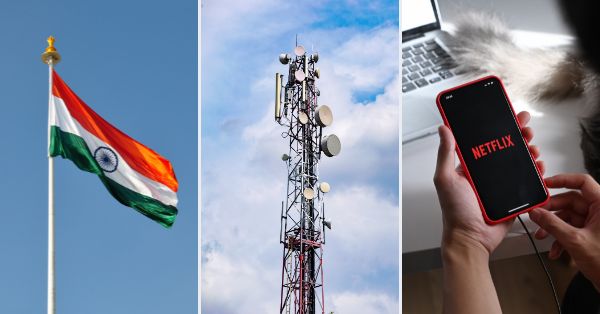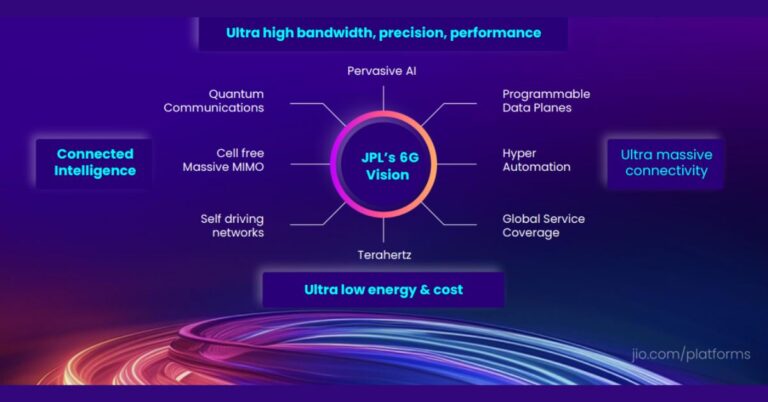- Tech News & Insight
- October 12, 2025
- Hema Kadia
India’s mobile industry lobby is pushing for tariff corrections as network spending rises faster than service revenues. The Cellular Operators Association of India (COAI) says operators face a growing mismatch between capital outlays and tariff-led returns. By its estimate, the cumulative gap up to 2024 was already around Rs 10,000 crore and is widening in 2025 as data consumption accelerates. COAI argues that a handful of large traffic generators (LTGs) are responsible for most network load without directly contributing to network build costs. Expect a mix of tariff rationalization, plan redesign, and targeted capex as operators chase sustainable returns.



























